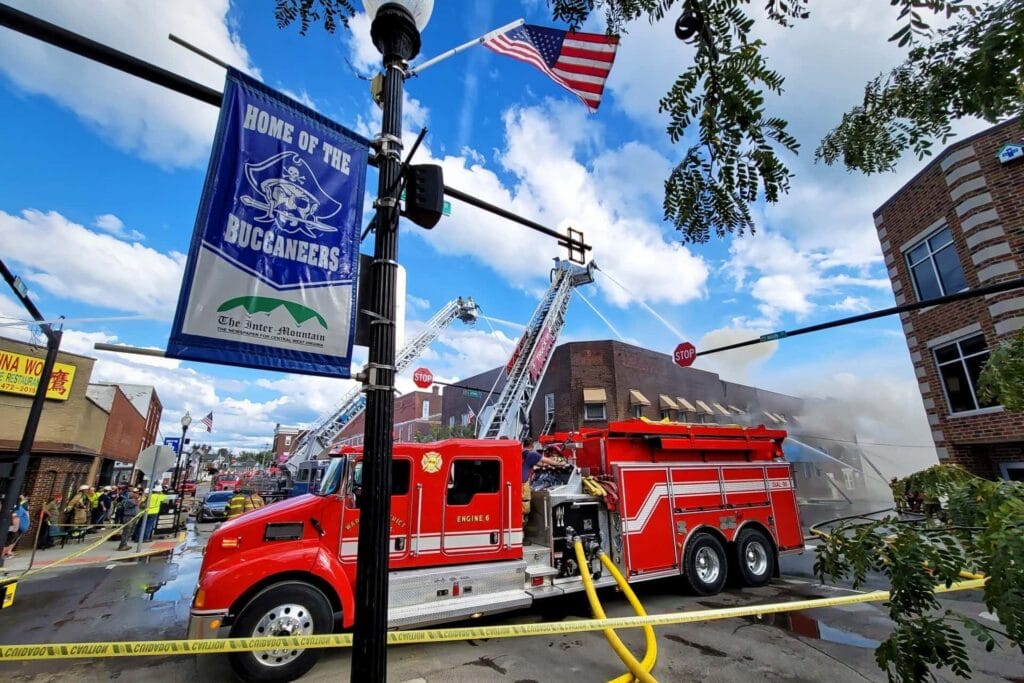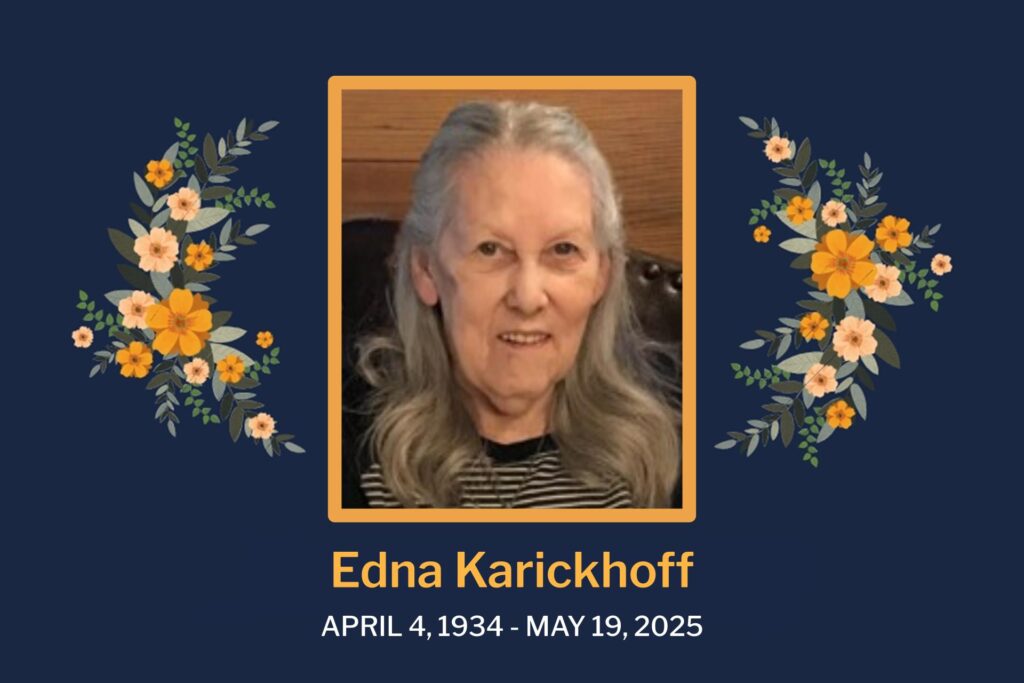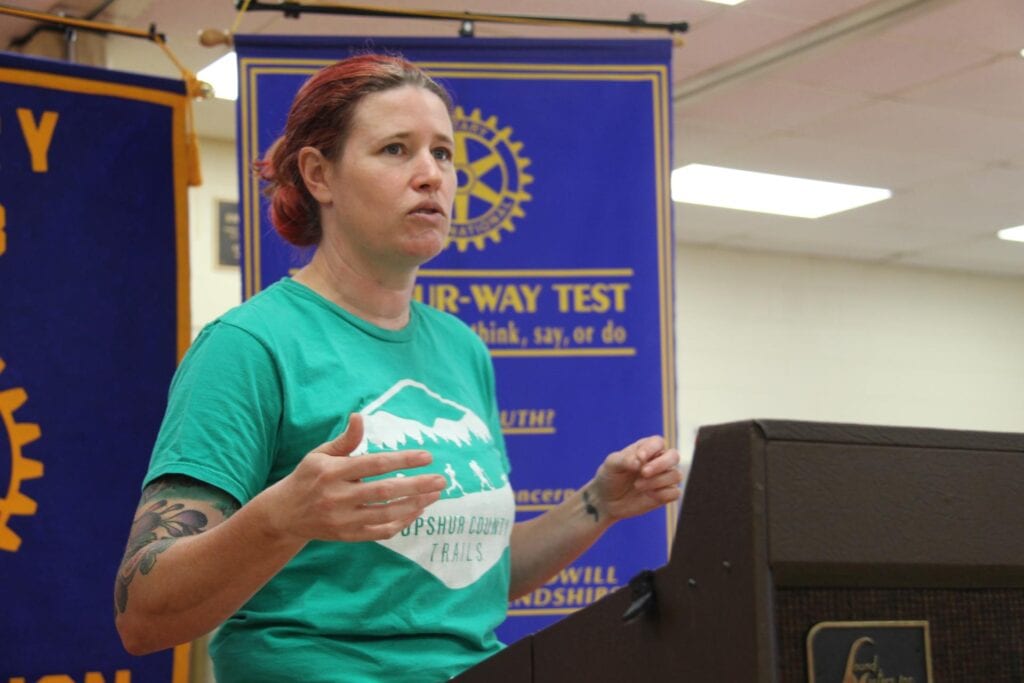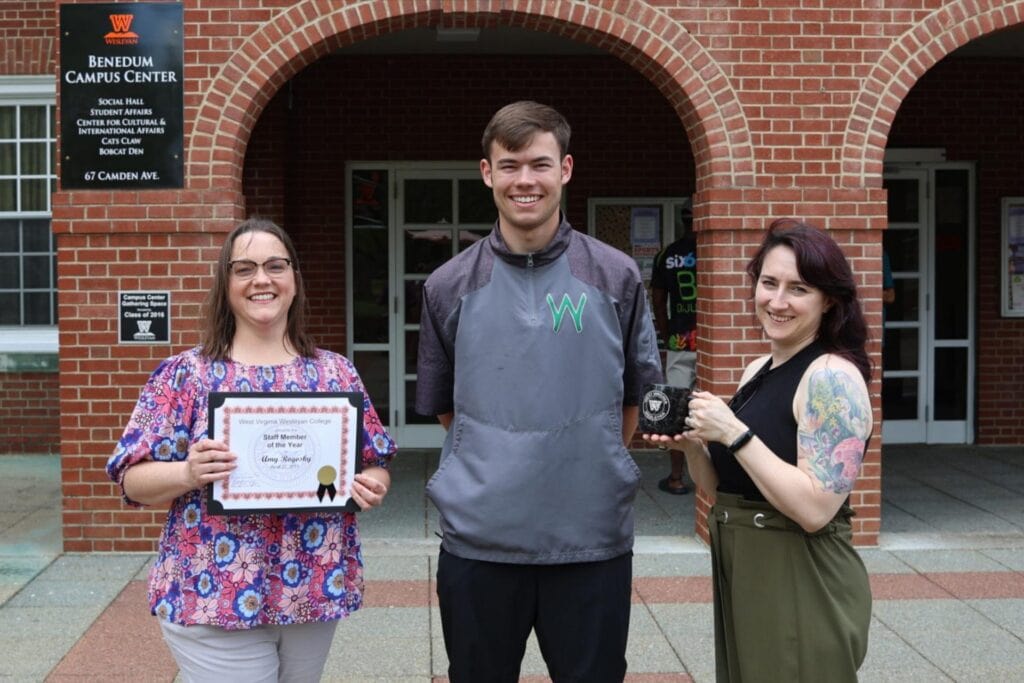Editor’s note: This story contains a reference to post-traumatic stress disorder, or PTSD, that can afflict first responders in a variety of emergency response/medical fields. For resources on where to get help, please see this website designed for public safety professionals.
BUCKHANNON – Buckhannon’s Main Street and the Buckhannon Fire Department were changed forever after a fire consumed a historical building Oct. 5, 2021.
Capt. Joey Baxa with the Buckhannon Fire Department recounted his harrowing, life-altering experience while fighting the October 2021 fire that ravaged 23-23B East Main Street during a Zoom meeting with FIT to FIGHT FIRE, a community for firefighters committed to their vocation.
During the Main Street fire, Baxa experienced a mayday situation while he was going through the building to make sure no one else remained in any of the apartments. When things went south, he began to wonder if he would survive the incident.
“It’s not something that I’ve experienced, and while that’s excellent information to have whenever you’re in that, it’s also scary,” Baxa said. “It’s a harsh reality to swallow. I actually remember putting my face on the floor, between my knees, and thinking I wasn’t coming out, and that was the last time I would see my family or anybody else and that would be it.”
A relatively uneventful beginning
He said Tuesday, Oct. 5, 2021, started out relatively uneventful; he had just flown back from across the country after teaching a class on thermal imaging.
“I don’t think we’d had anything all morning, maybe one other call and then that afternoon, there were a few other guys in the firehouse other than those of us on shift and we weren’t dispatched,” Baxa said. “Somebody was walking through our parking lot, came in and alerted the crews in the apparatus bay that there was a fire on Main Street, and you can see Main Street from our firehouse, which played into everybody else’s actions. We could look outside our bay doors and see this large plume of smoke from the firehouse, and it caught everybody off guard.”
He described the structure as being comprised of two stories in the front and three stories in the back, with two or three storefronts on the Main Street side, followed by over a dozen apartments on the two floors above.
“It started in the top left part of the structure, which was actually built around a mid-1800s house, so we have this taxpayer structure that’s built around a house from the mid-1800s, so it’s really not typical,” Baxa explained. “It’s been added on to multiple times, there are void spaces and a lot of different places that you wouldn’t have easy access to, but as we get to the top of the stairwell, the fire chief was already in there. He’s going through, clearing apartments, making sure everyone was out of the structure and we start pulling ceiling at the top of the stairwell and we encounter high heat and fire right over the top of our heads.”
‘It isn’t clear until we clear’
Once Baxa got to the top of the stairs, the nozzle on their hose broke.
“We had a nozzle failure and now we have a secondary line that was not matching the size of the nozzle that was on, so we got hung up because we were trying to divide and conquer between fire extinguishment, getting water into that top left part of the building, but also making sure everybody was out of the structure,” Baxa said.
“While the firefighters were flowing water into the structure, a young man came out of one of the apartments, unaware that a fire was engulfing the top part of the building,” he added. “Whenever you say, ‘the building isn’t clear until we clear,’ that’s the truth.”
Baxa said he and another firefighter went back outside to swap out their air tanks.
“As I’m getting my cylinder changed by a firefighter from another area, and he’s probably pretty stressed at this point [because] this wasn’t his jurisdiction or even a building that he would be tasked with knowing, and he’s connecting my cylinder,” Baxa recounted. “I don’t know if he didn’t make the connection, I don’t know if he didn’t thread it on all the way, I don’t know where the malfunction was. The four different times he turned on my air, my air bled out, so I was losing air supply in my cylinder before I’m even going in with the second cylinder.”
Baxa said he still allowed that cylinder to go on his self-contained breathing apparatus and went back to work.
“I think we cleared one or two apartments before we were pulled out; there was some communication over the radio that the interior conditions didn’t match what they were discussing on the outside,” Baxa said. “We had complete visibility inside. I could see 40 feet across the structure, no problem. I couldn’t see anybody in there and I was probably wasting air where I was; just out of habit, I was on air, and there was flowing water and fire over my head.”
Warning: Low air
When they were pulled out, Baxa was upset because three or four apartments hadn’t been searched yet.
“The building owner, who’s not in those apartments every day, said they should be empty, which we know that, given the statistics from firefighter rescue surveys, just because somebody tells us they’re empty doesn’t mean they’re always empty,” Baxa said.
He put his mask back on, went up the ladder and entered the structure without checking his air supply.
“While I was going up the ladder, I didn’t even know if anyone was following me up. Somebody did come up behind me, and they went through the window with no problems manipulating the window and getting into the structure,” Baxa said. “The apartment is completely empty, no furniture, so it was really easy for me to walk around.”
Baxa later realized that this was when his low-air alarm first started going off.
“I didn’t realize my low-air alarm was going off and I attribute that to a couple of different things: number one, being around them going off all the time, you learn to tune them out and secondly, I had my head poked out the window or near that window and there was a lot of other operations going on at that side of the street,” Baxa said. “I think it was just a lot of noise and I was tuning everything else out.”
Baxa attempted to exit through the window but discovered he could not fit back out the window. His self-contained breathing apparatus was catching on the other side of the window.
“I came in headfirst, and I’m trying to go out feet first, so I try a second time and I thought I was getting out and it just doesn’t work,” Baxa said. “My stomach is pressed up against one side of the window, my air cylinders hitting on the other and I just can’t seem to swim through it to get out onto it.”
‘That was when I realized we were in trouble’
Baxa believed he had plenty of air to exit the building via the interior stairs.
“We go over to the door that goes into the apartment and it has a skeleton key lock and just to make sure everybody understands what I’m talking about, it takes a key to lock and unlock it from either side of the door,” Baxa said. “We really did not have the best tools to force a door at that point. We gave it a valiant effort, but we did not have enough area to swing and move with that six-foot hook to pop the door.”
The two firefighters saw a window to the interior hallway, beside the door and decided to exit the room that way.
“I don’t even remember looking at the window whenever my partner took it, but he went out and I remember just seeing him disappear in the darkness and I heard him yell back that it was a further drop than what you think,” Baxa said. “It was a little further than what I would have expected, but thanks to his heads up, I didn’t have much of an issue.”
Once they went through the window, they realized the stairwell was not located where they thought it was and they had no visibility.
“It was at this point that I realized we were in trouble, and just before I came out that window, I realized my low-air alarm was going off,” Baxa said. “My brother (Capt. Linn Baxa) works with the fire department, and he was outside. He already tried to reach me and relayed an urgent message out that we had firefighters operating on the third floor, with low air because he heard my low-air alarm whenever I stuck my head out that third-floor window.”
Baxa picked up the thermal imaging camera for 20 seconds to get his bearings and they located the stairwell.
“As soon as we found the stairs the person who was with me called a mayday – he called a mayday that was acknowledged on the exterior of the building – and I don’t remember [details] at this point. I can’t remember, I can’t tell you with 100 percent certainty if I tried to get out, I believe I did try to get out, but I can’t tell you for certain that I did. It’s just one of those things in my mind that I’m not 100 percent certain as to what happened,” Baxa said.
An ever-present sound
They went down the stairs, ending up in a T-shaped hallway area.
“I knew enough about the building that I knew where we were, but I did not know where the rest of the stairs were. They were not where I expected them to be,” Baxa said. “I expected them to be right in front of us, like a scissor-type stairwell that would have taken us straight out on the delta side of the structure, and they wrapped around the building and made a spiral rather than going straight back out.”
Baxa said this was when he realized how much trouble he and his partner were in; they felt disoriented, and his low-air alarm was still going off.
“It’s like everything got quiet, except for the sound of my SCBA’s (self-contained breathing apparatus) audio alarm and to this day, I can hear that noise,” Baxa said. “If you’ve worn one with the audio alarm, as it gets lower on air being pneumatically driven, the bell gets slower. I can remember being in that hallway, on my knees and hearing ‘tink, tink,’ and it was such a loud noise for how low it should have been. It felt like those dings were just seconds or 10 to 15 seconds apart and I realized how bad off I was at that point.”
At last, a thin strip of light
Eventually, Baxa and his partner found another window.
“I remember thinking to myself, ‘I have to help myself,’ and I sat up, I looked over my left shoulder and I can see it just like it was yesterday, not a lot of light, but just a very thin strip of light coming around, high up on a wall,” Baxa said. “I knew it was a window at that point and I grabbed my partner, who was looking for a way out, trying to find the stairwell and I said, ‘hey, there’s a window right there.’”
They both climbed through the window and made it back outside.
“He took the window, I went out of it, and I remember somebody telling me afterward the audio alarm wasn’t even going off whenever we got outside; my cylinder was completely spent,” Baxa said.
An experience no training could have prepared him for
He said they had just completed drills to prepare for situations similar to what he experienced, but it did not prepare him for the mental or emotional after-effects.
“I remember that day – and this is no slight to anybody that was there – but I think this is something that our state especially, the United States as a whole, but our state especially, does not realize the mental and emotional toll that first responders take in general,” Baxa said. “Especially in incidents like this, our state does not even have coverage for firefighters that end up with PTSD (post-traumatic stress disorder). There is no workers’ compensation, no help for that. I’ve been offered help by my boss, so I can’t complain there at all. I’m not casting stones at anybody, but there’s nothing set up [on the state level].”
























